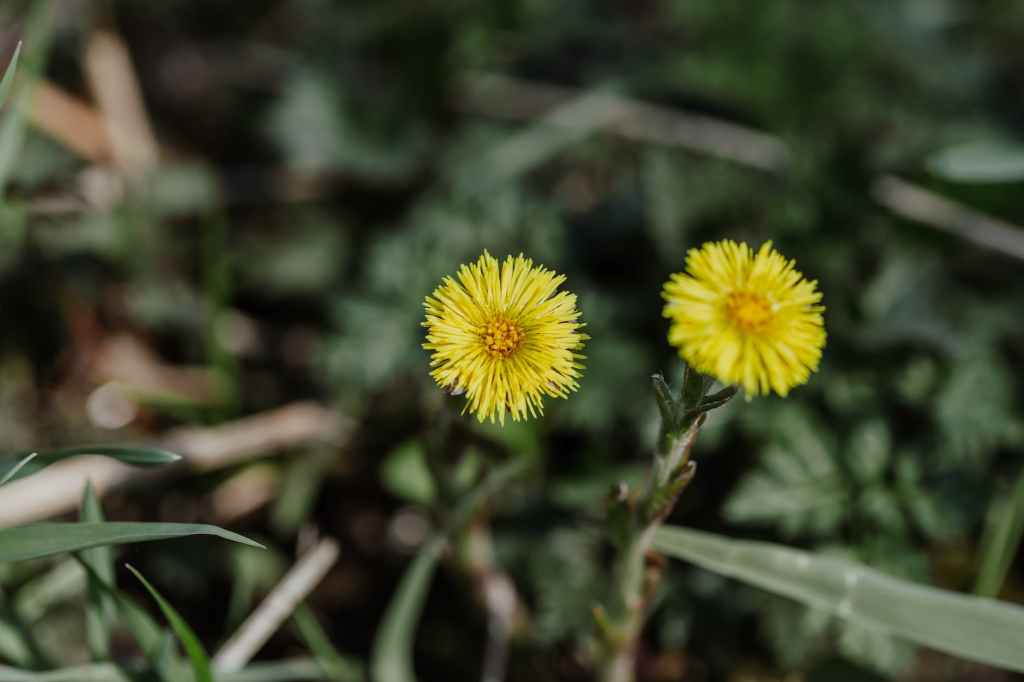By Graphia, The Wordsmith Witch

No matter what your spiritual path looks like, every Witch can benefit from possessing a thorough, comprehensive Herbal Grimoire. Many practitioners include such contents as a guide for the magical correspondences of different herbs, a list of various herbal substitutions for spellcrafting, and last, but not least – a reference section that lists commonly found baneful herbs and their toxicity levels.


This herb correspondence chart is the culmination of years of research. We hope this reference guide will help you to understand the magical properties of herbs, roots, flowers, barks and resins. It is our goal to provide others with accurate sources of information to enrich their lives and their Craft. What are some ways you can implement the information in the following guide into your own practice? Click on the link below to view the chart.



You must be logged in to post a comment.